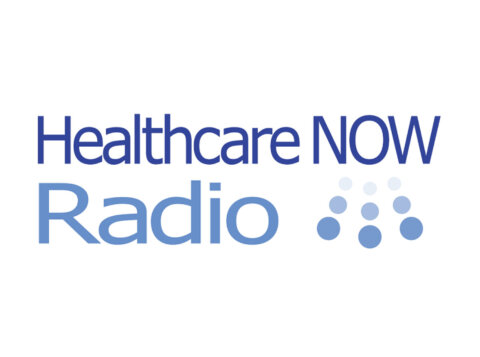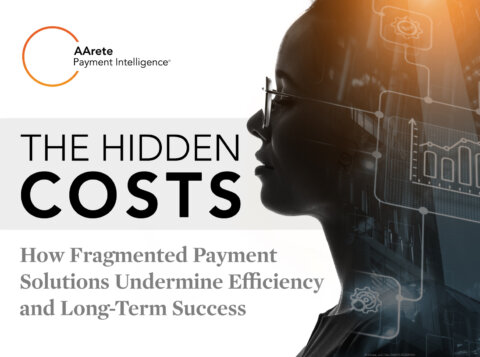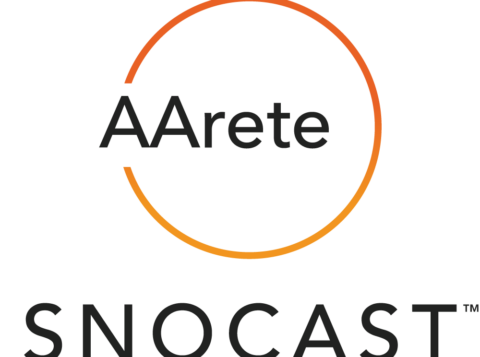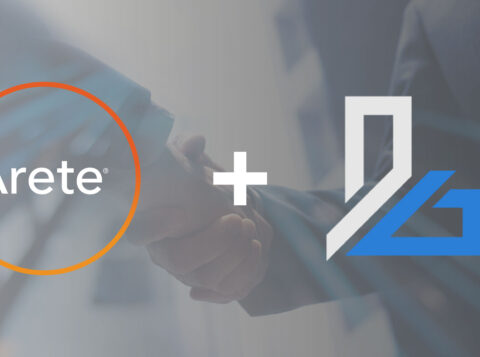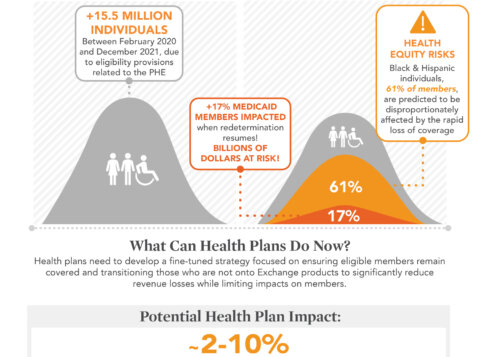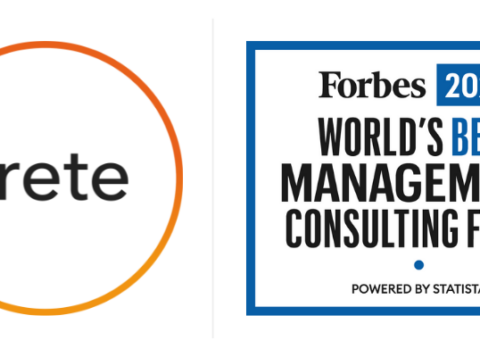PBM Unbundling
Everything old, it seems, becomes new again, and so it is with health plans and their renewed interest in unbundling their PBM (Pharmacy Benefit Manager) relationships.
This trend first emerged in the early 2000s as payers began building their own pharmacy networks, contracting with manufacturers directly for rebates, and forging separate relationships with claims processors to gain more flexibility and control of drug spend. In response, PBMs further incentivized, offering deeper discounts to payer partners to sustain or grow their prominence. Sure enough, in a few years, the pendulum swung back toward full-service PBM offerings and away from the unbundled approach.
Today, however, the unbundling pharmacy benefits movement is making a comeback, led by some of the largest health plans in states like California and Pennsylvania. Given this resurgence, it’s worth exploring which organizations may benefit most from an unbundled, modular PBM model, key considerations for plans that choose to bring more services in-house, and where to begin.
Weigh the Pros and Cons of Unbundling PBM Services
While unbundling PBM solutions can provide greater transparency and control, it’s not an elixir for all payer organizations. Plans that are ready for change and willing to commit the resources to conduct a thorough assessment up front will see the biggest benefits. Consider three crucial elements while evaluating whether modularity is the right move:
- 1. Fine-tune the vision. Before issuing an RFP and selecting vendors to assume some or all of a PBM’s responsibilities, healthcare payers should establish a vision and clear goals. A tech-savvy organization, for example, might use unbundling pharmacy benefits as a springboard to create a streamlined clinical integration platform where members can view all of their benefits in one place. A regional plan may find that breaking away from a traditional PBM to a modular approach opens the door to designing a flexible, localized pharmacy network tailored to better serve the specific needs of its members. These goals will vary by plan and serve as a catalyst for transformation and a strategic compass for success.
- 2. Evaluate the costs. Payer organizations should thoroughly assess their current pharmacy benefit programs, carefully evaluating both financial and human resource investments. Some leaders may be shocked to learn how many staffers they currently devote to managing a full-service PBM relationship. By choosing disintermediation, plans can redeploy these resources to oversee multiple vendors. A detailed financial projection model factoring in vendor fees, staffing, and ROI is essential when comparing full-service PBMs vs. unbundled pharmacy benefit solutions.
- 3. Gain leadership alignment. Although unbundling aims to improve transparency, flexibility and control of a plan’s pharmacy benefit, it’s not a pharmacy director initiative alone, it’s a company-wide effort. Much like a PBM claim system migration, bringing key aspects of PBM services in-house creates ripple effects across IT, operations, and member services. Success requires senior executive buy-in and strong PBM change management from the start.
Rip-and-Replace Not Needed
Yes, some larger organizations have gone from 0 to 60 mph in their transition to complete modularity. For most others, however, this approach may cause too much disruption, too fast.
An alternative approach is transitioning to a hybrid model as a first step, where the health plan takes on smaller components that align with their core competencies and business strategies.
The phased PBM process improvement approach allows organizations to “get their feet wet” and gain more control over their pharmacy program before diving into the deep end of the unbundling PBM pool.
For some, a hybrid model may start with managing their own formulary through a health-plan-led Pharmacy and Therapeutics Committee. Others may choose to manage prior authorization in house.
In fact, prior authorizations represent a prime opportunity for payers. PBMs and their affiliated pharmacy partners are not always aligned on utilization management priorities. By bringing prior authorizations in house, plans will gain more control over the process and effectiveness, thereby improving cost management.
Gradually Shift to a Modular Model
As health plans grow more confident with the hybrid model, they can expand their PBM process improvement initiatives.
One area ripe for improvement is specialty drug management, which typically accounts for more than 55% of a health plan’s drug spend for less than 5% of their membership. By contracting directly with specialty pharmacies, payers may improve member access and better control costs. Some plans may even choose a bold step by contracting directly with a rebate aggregator, enabling them to reinvest savings back into member-focused initiatives.
These steps require careful planning and negotiation with PBMs to avoid disruption for members. Much like a PBM claim system migration, transitioning services in-house must be carefully sequenced to avoid disruption for members.
What Are Enterprise-Level Considerations for Selecting a PBM Platform?
When evaluating whether to unbundle PBM services or adopt a modular approach with multiple vendors, leaders must ask:
- How does this approach align with the organization’s strategic member experience goals and cost containment objectives?
- How will existing systems support data sharing and interoperability between modular components?
- Does this organization have the internal resources and expertise to manage multiple vendors?
- What level of PBM change management is required across pharmacy, IT, member services, and other critical areas of the organization?
Asking “what are enterprise-level considerations for selecting a PBM platform?” ensures the decision goes beyond price. It frames the choice as a strategic investment in member experience, operational efficiency, and long-term sustainability.
Seek Expert Guidance with PBM Unbundling
As the old song goes, breaking up (with your PBM) is hard to do. Execution carries risk—which is why health plans should seek independent advisors.
AArete helps health plans evaluate whether to unbundle pharmacy benefits, compare full-service PBMs vs. unbundled pharmacy benefit solutions, and navigate the complexities of PBM claim system migration. We align strategy with execution through robust PBM change management, ensuring your organization transitions smoothly while maximizing value.
By working with a trusted partner with real-world experience, health plans can reduce costs, improve transparency, and deliver a stronger experience for providers and members.
Discover how AArete can guide your plan through the process.
This is part 2 in a series on optimizing PBM programs, read part 3 here.
Learn more about AArete’s Pharmacy Solutions.



